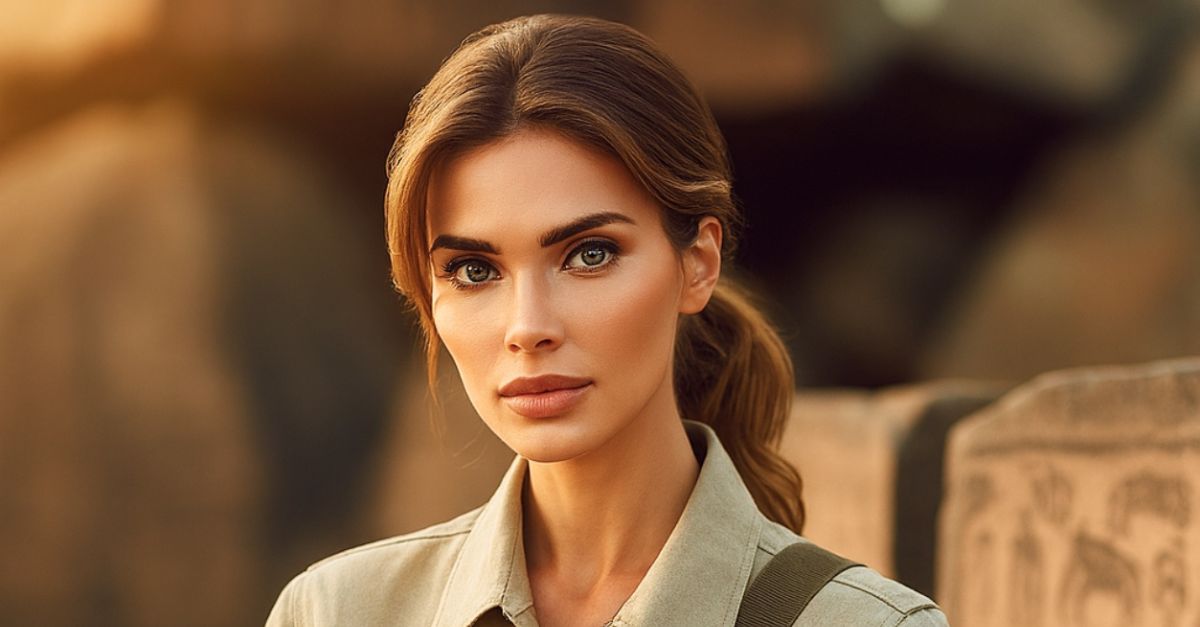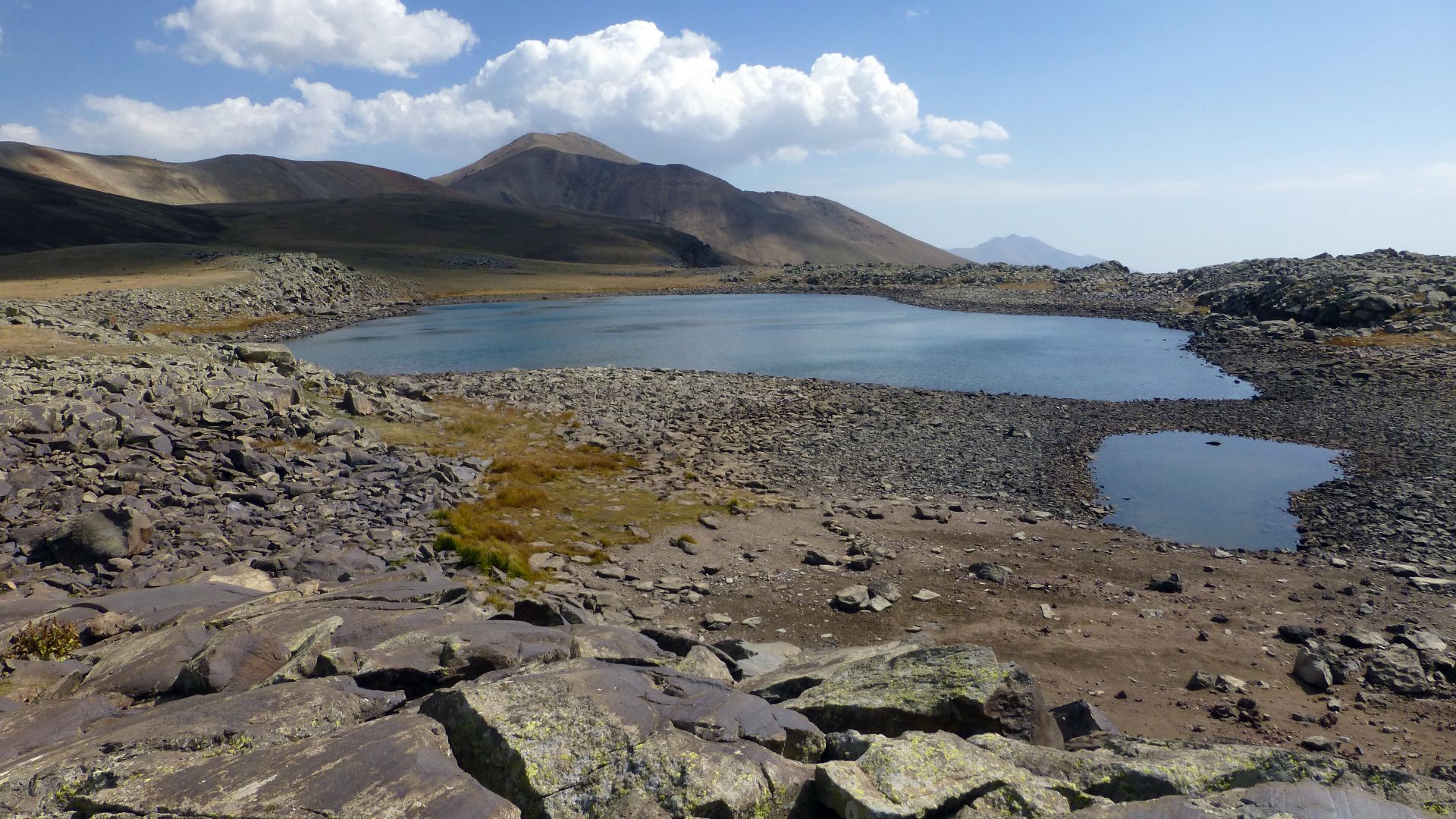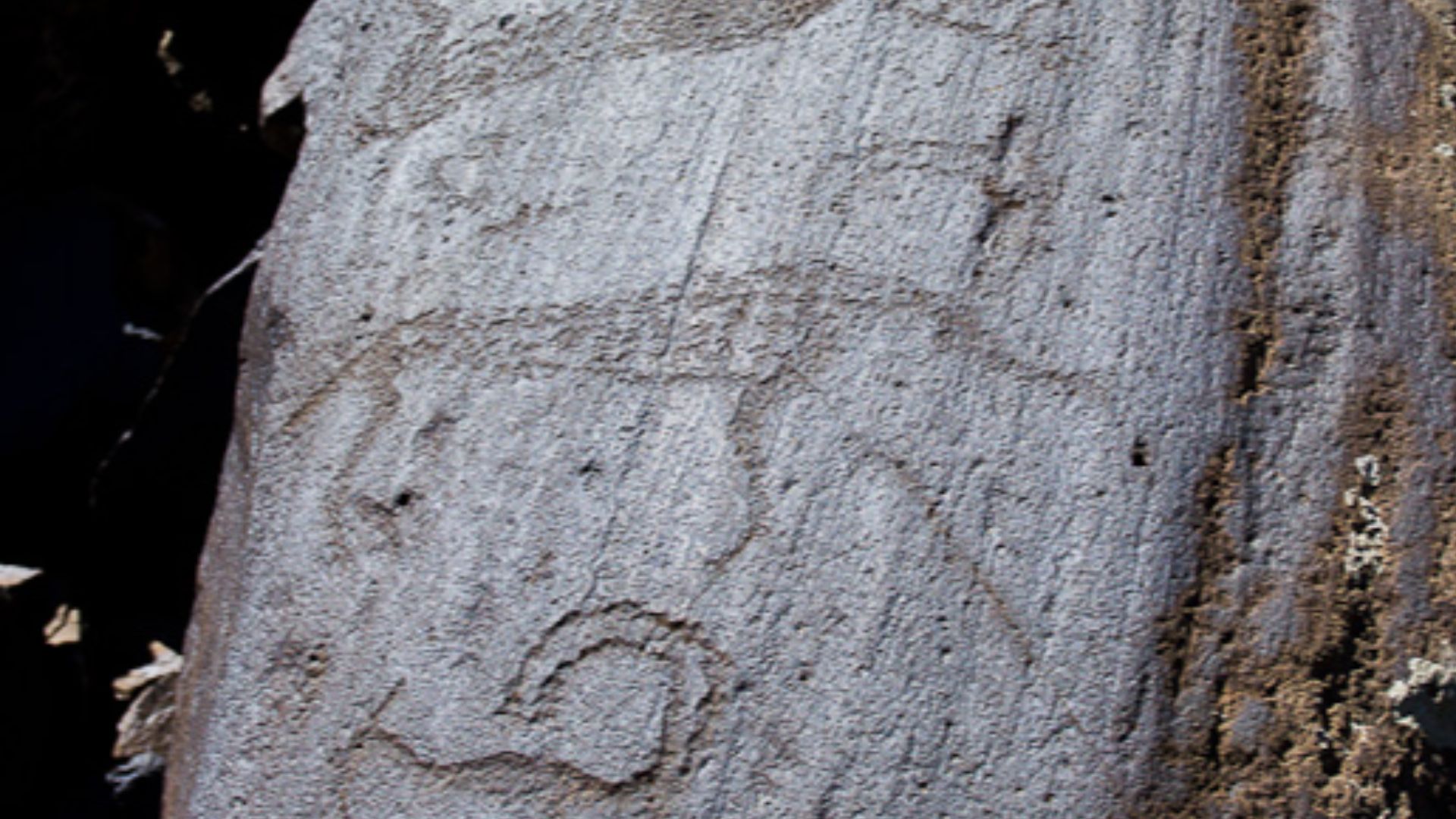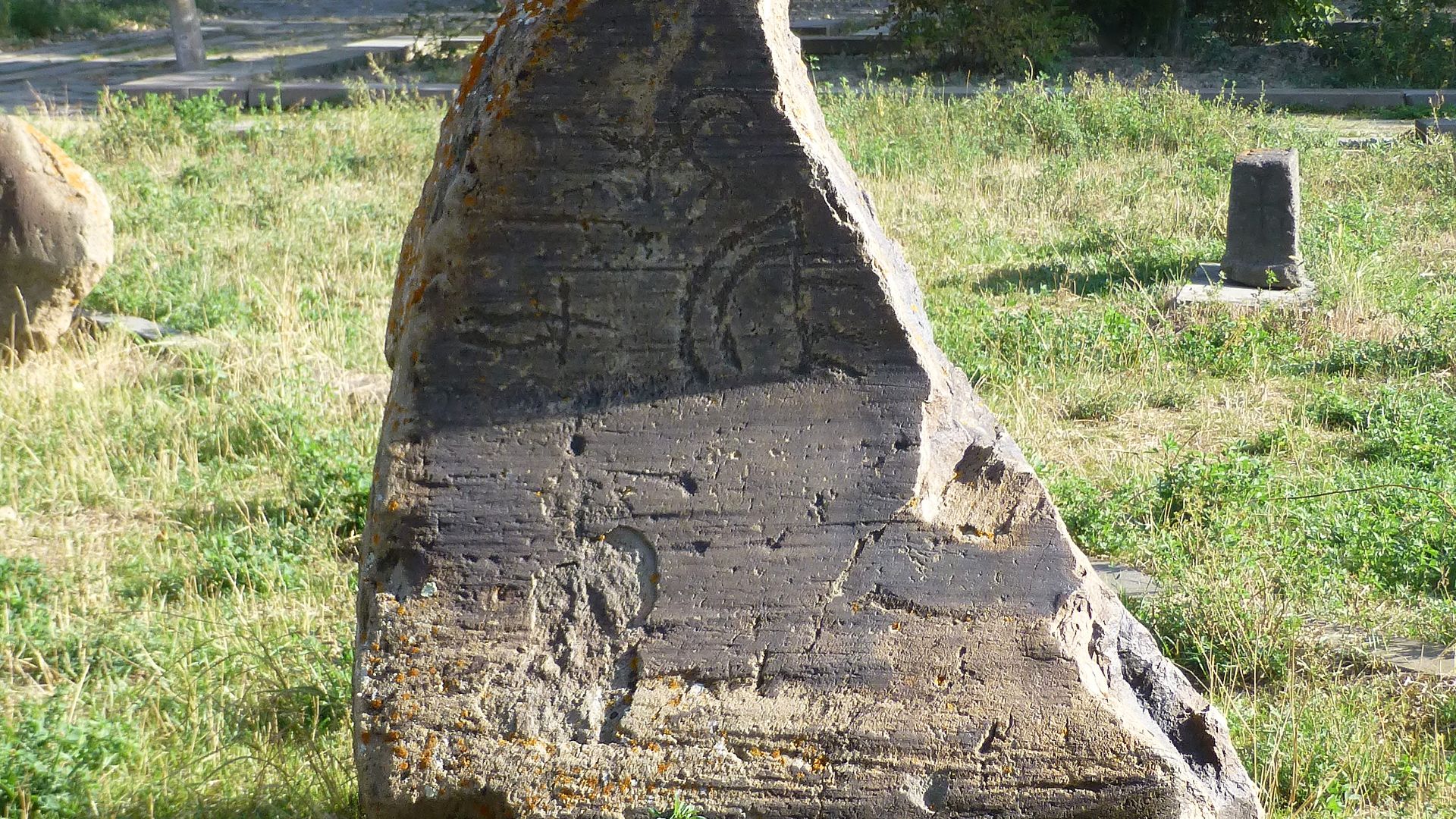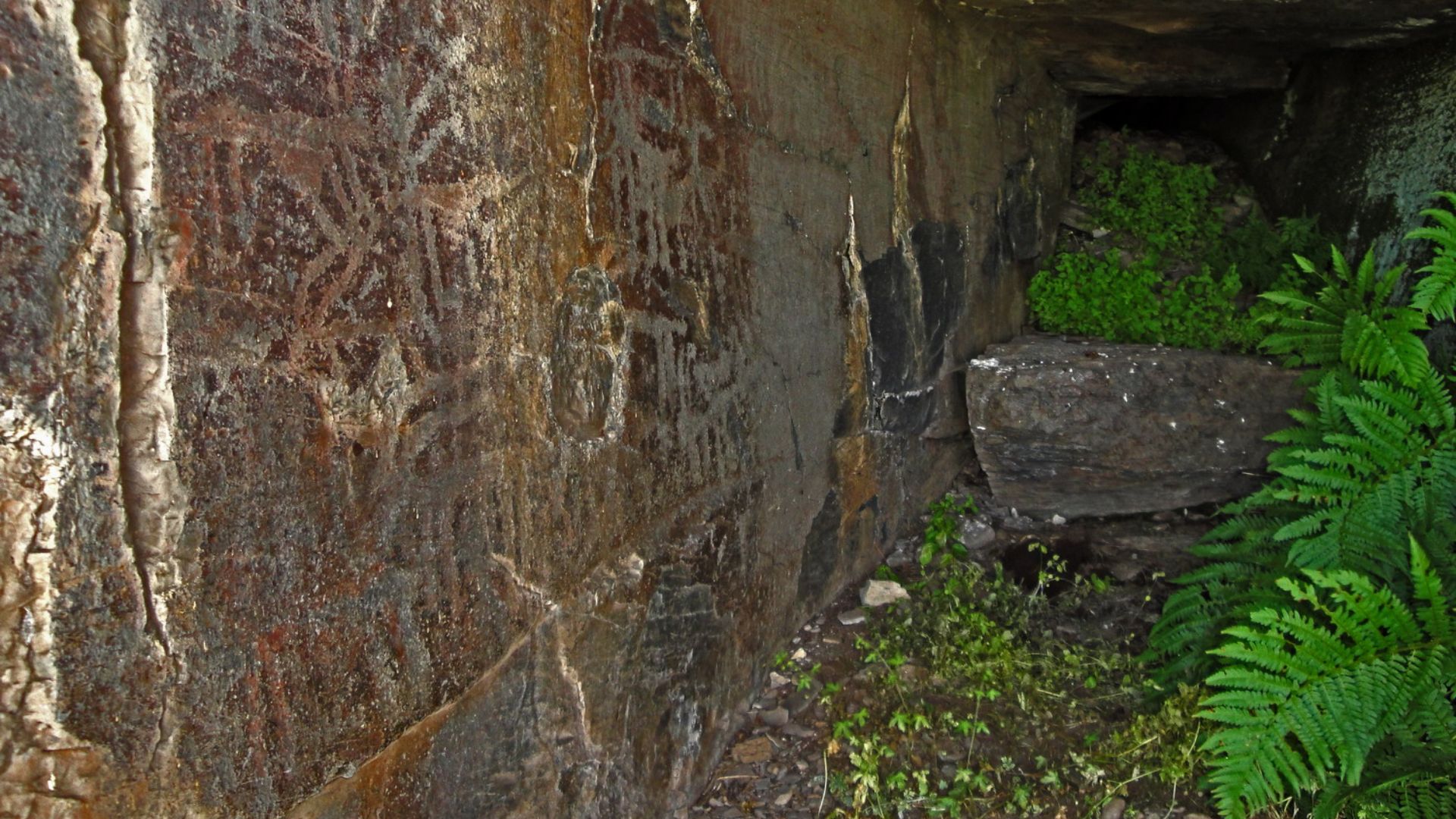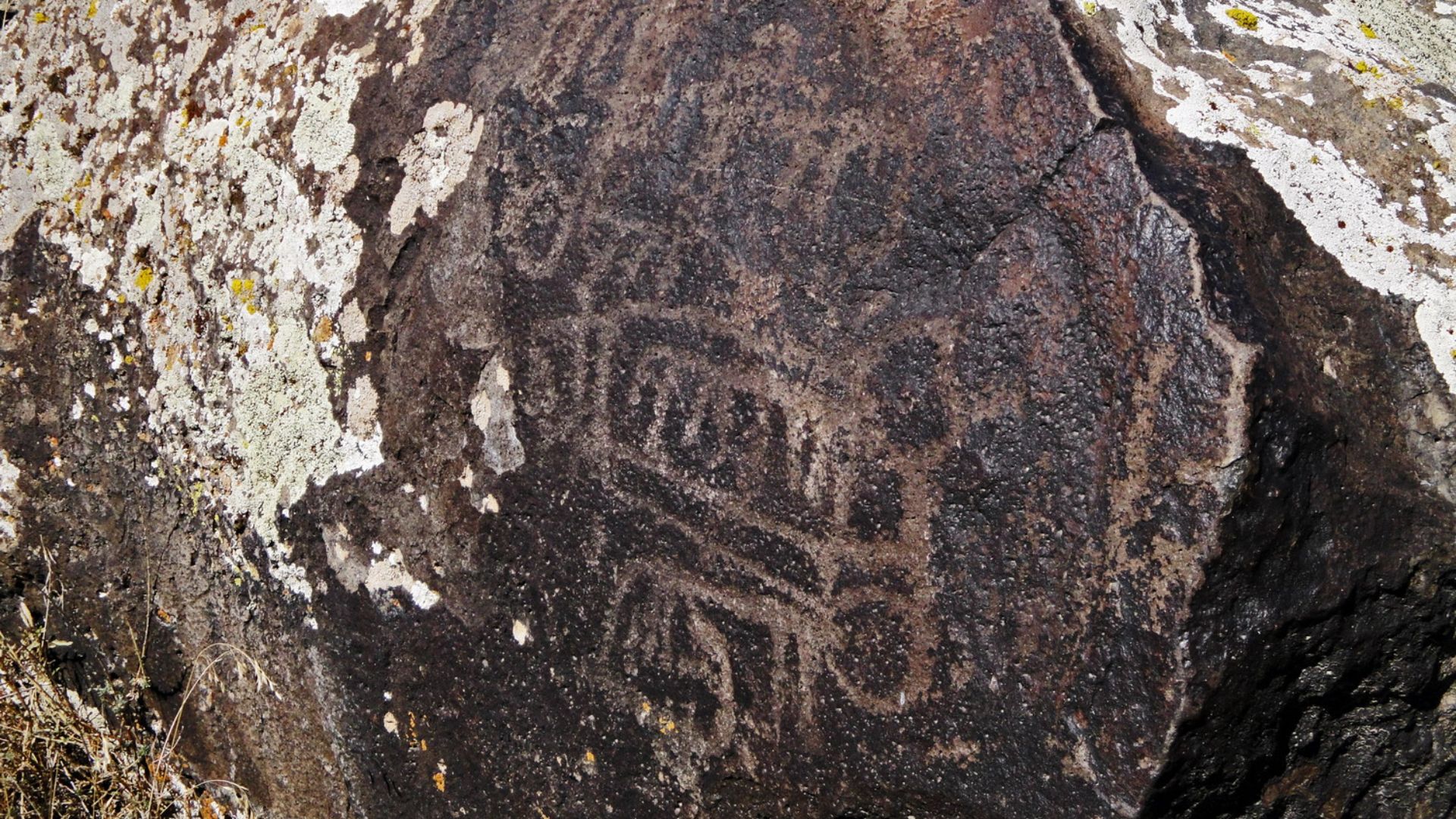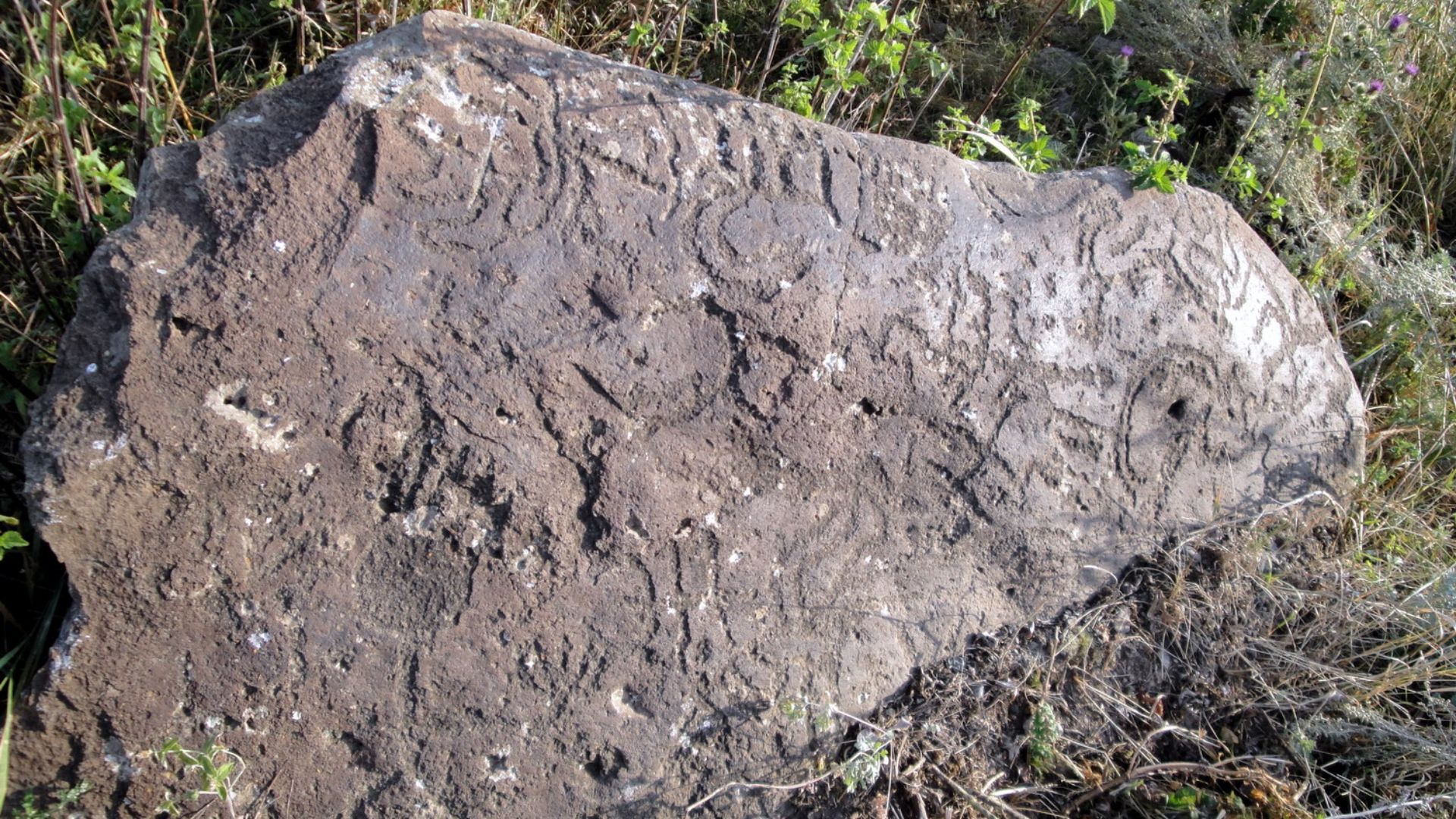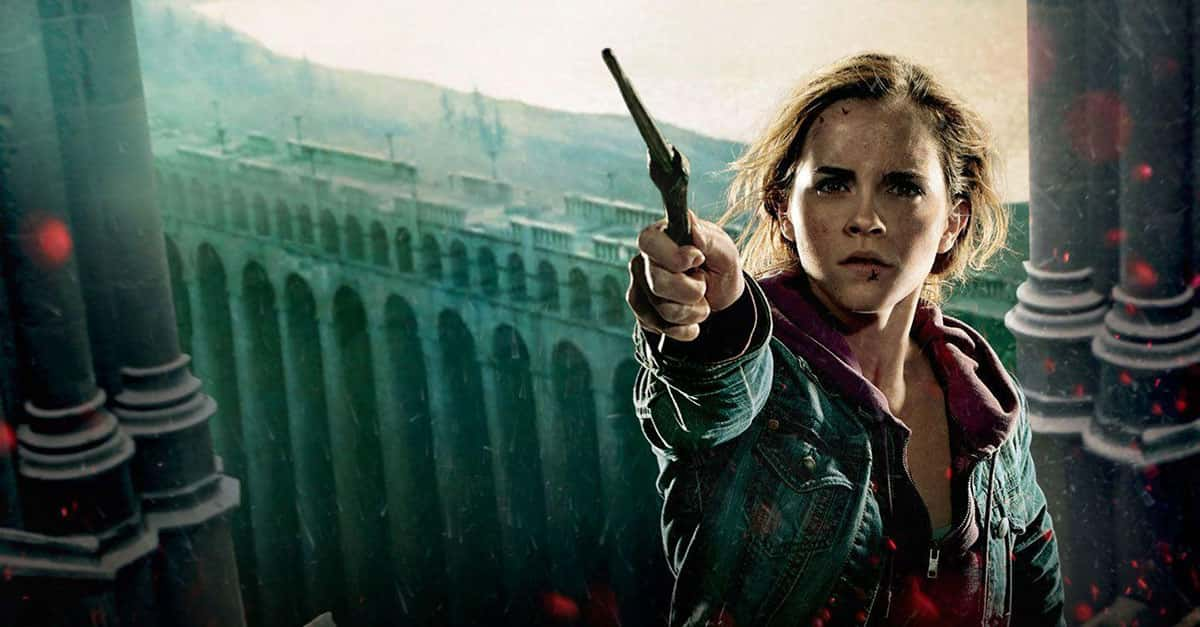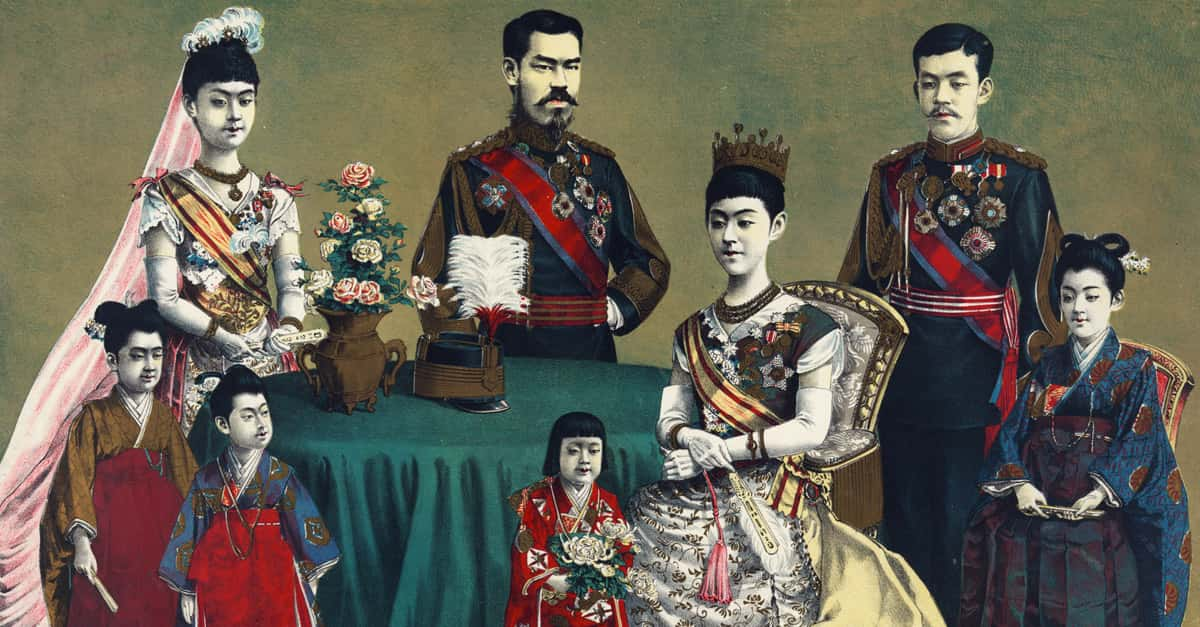Records Of Prehistoric Cosmology
Long before writing existed and centuries before the wheel turned, someone mapped the stars into stone. The precision is eerie—etched across Armenia’s mountains by people we still can’t name.

The Discovery Of Armenia’s Rock Arts
High in Armenia’s harsh terrain lie ancient rock carvings that may depict celestial rituals. Archaeologists first unearthed these stones in the early 20th century, but serious academic study began in the 1920s and intensified again in the late 1960s. Today, researchers are still scanning and protecting the carvings, before climate erases them.
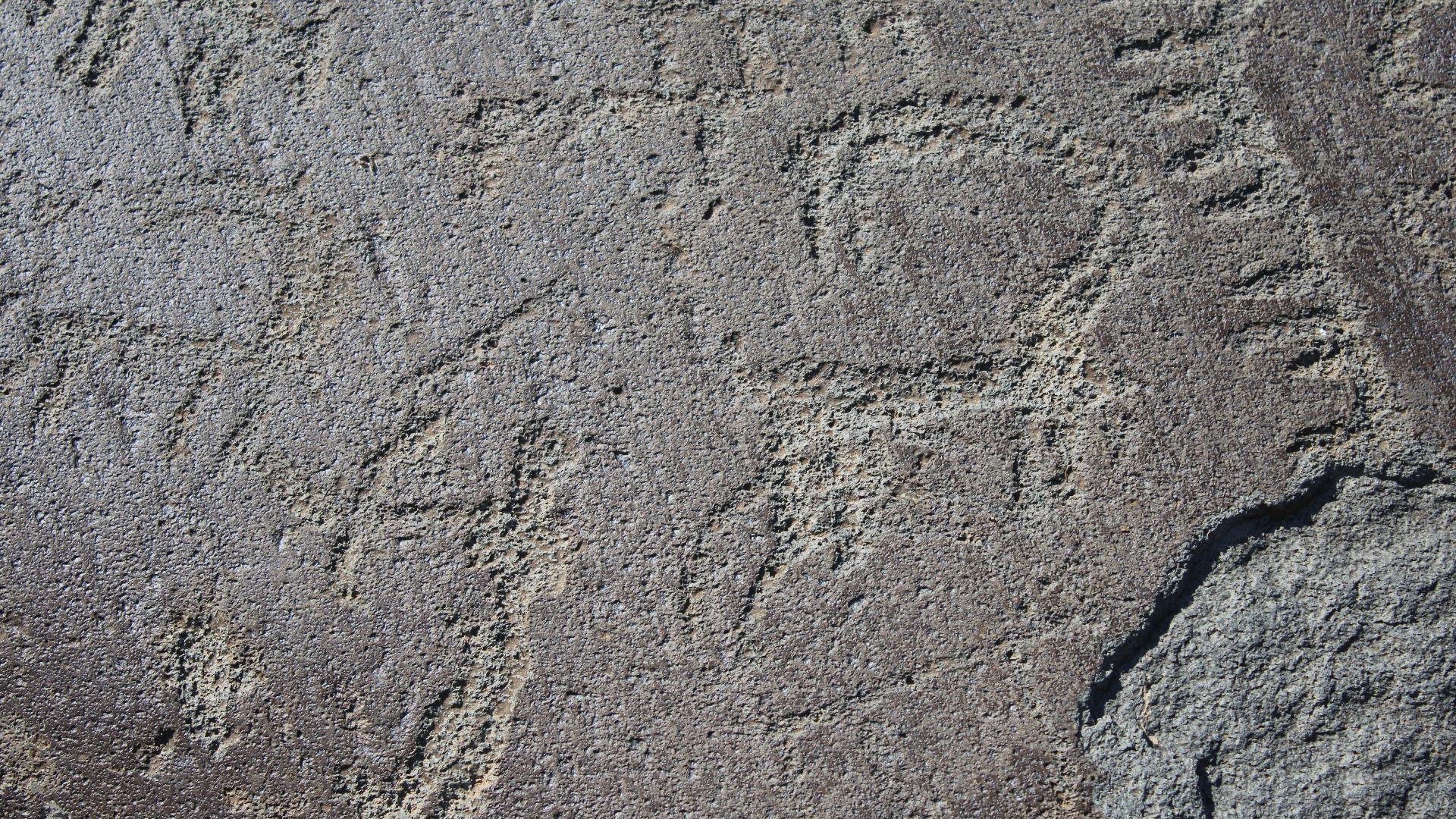 Gardmanahay, Wikimedia Commons
Gardmanahay, Wikimedia Commons
The Major Rock Art Sites
The rock art was uncovered at three major sites, including Mount Ukhtasar, where carvings on volcanic stone indicated celestial observations. In the Gegham and Vardenis mountains, star-like grids and solar discs indicate early sky mapping. The third site, found near Lake Sevan and Mt. Aragats, had carvings that, arguably, date back to the 10th millennium BCE.
Challenges In Interpreting Prehistoric Symbolism
The biggest hurdle is that the ancient artists left no instruction manual. Without a written language, meanings must be pieced together from context and comparison. So, what looks like a star to us might’ve meant something entirely different back then. Interpretation remains a careful balance of science and educated guesswork.
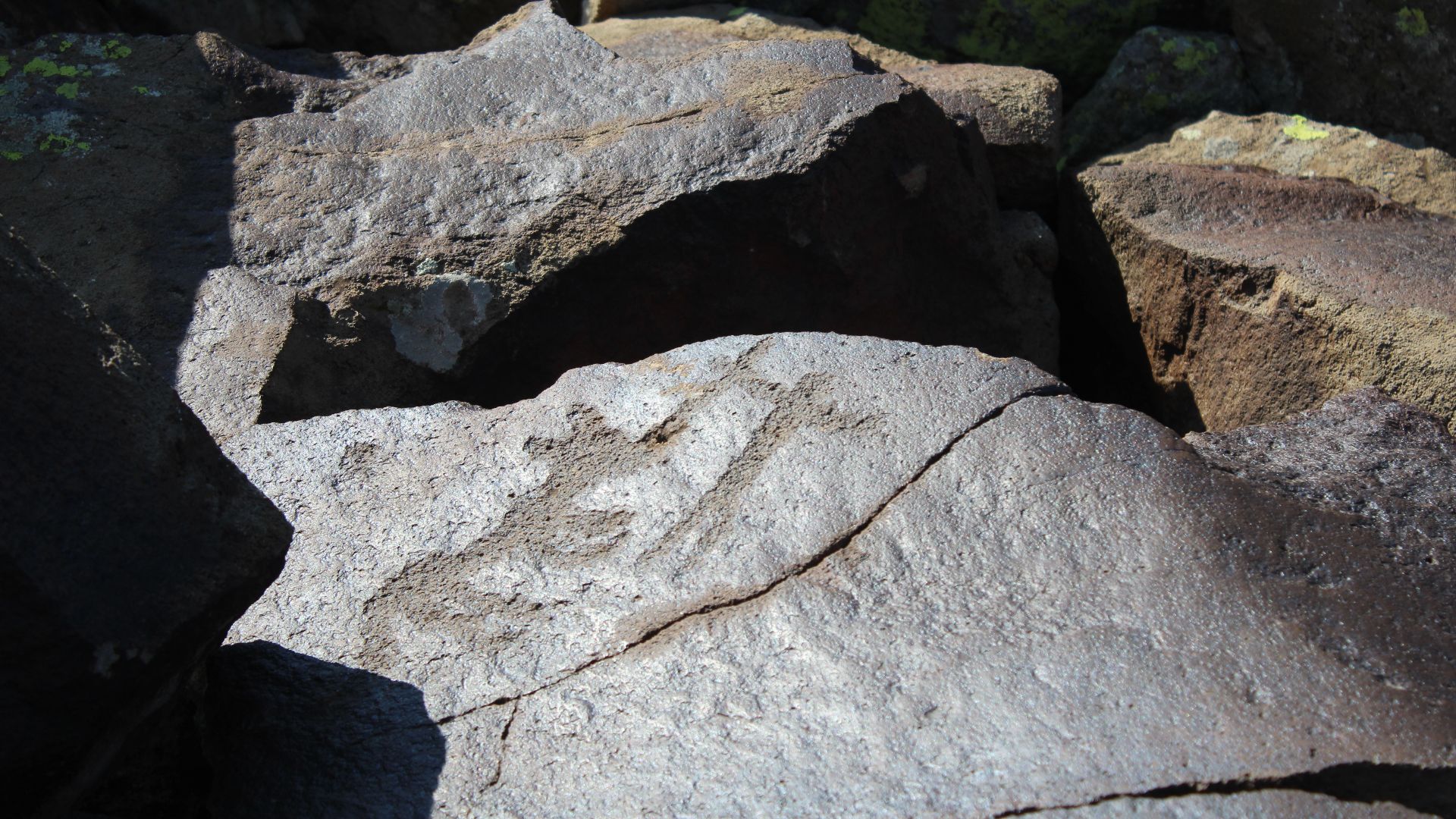 Gardmanahay, Wikimedia Commons
Gardmanahay, Wikimedia Commons
Unveiling Ancient Celestial Imagery
Some of the carved panels reveal intricate depictions of stars, crescent moons, and radiating sunbursts. Some designs seem to mirror the night sky, possibly representing constellations. They also suggest deliberate, symbolic storytelling rooted in sky-watching, and their cosmic alignment suggests a profound understanding of the heavens.
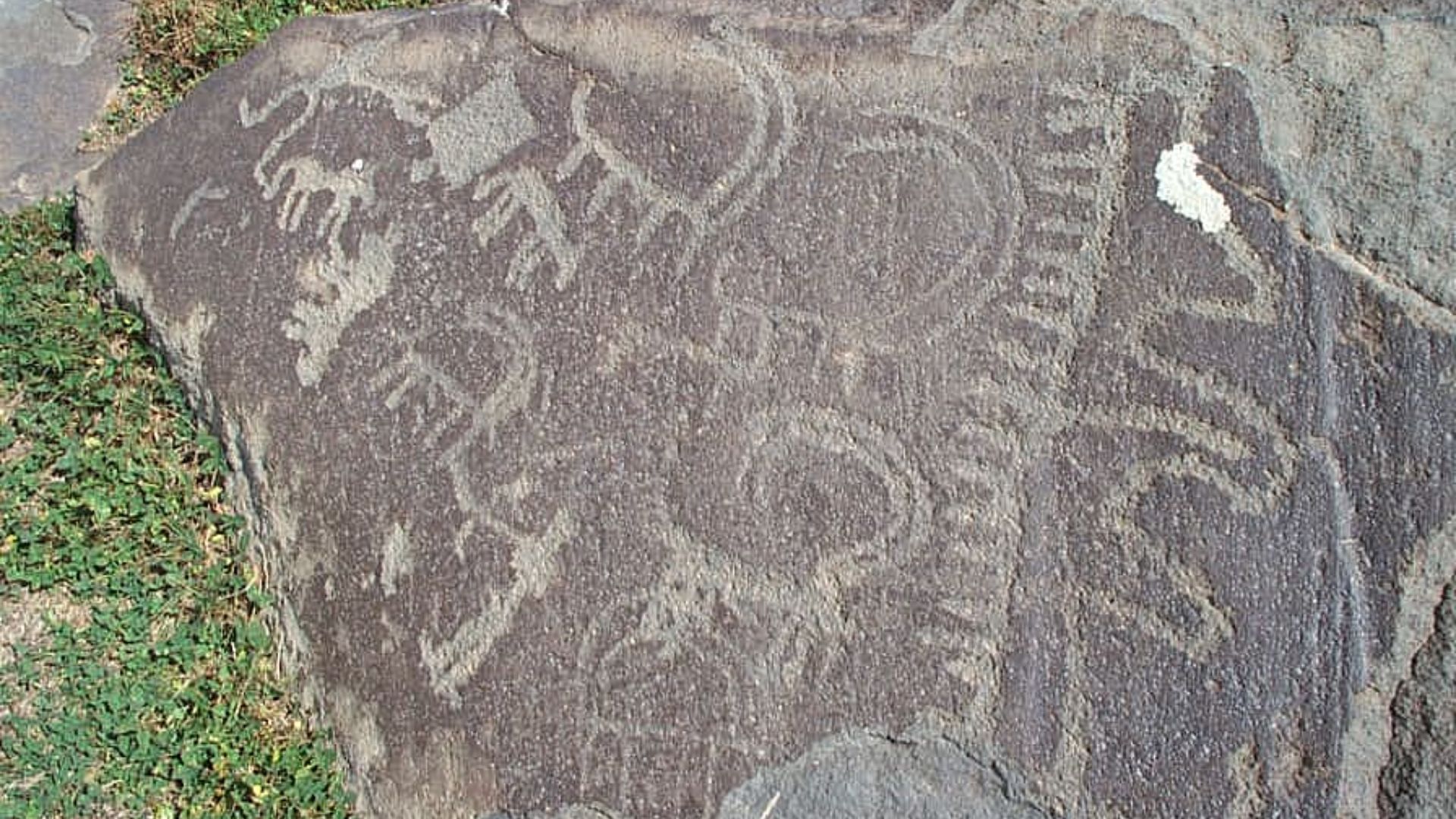 Raffi Kojian, http://www.armeniapedia.org, Wikimedia Commons
Raffi Kojian, http://www.armeniapedia.org, Wikimedia Commons
Astronomical Alignments In The Artwork
Most carvings align with the horizon, where the sun rises during solstices and equinoxes. Others seem to track the moon’s cycle, all of which indicate how observant the inscribers were. Perhaps, these artists used these markers to structure rituals or signal the passage of different seasons.
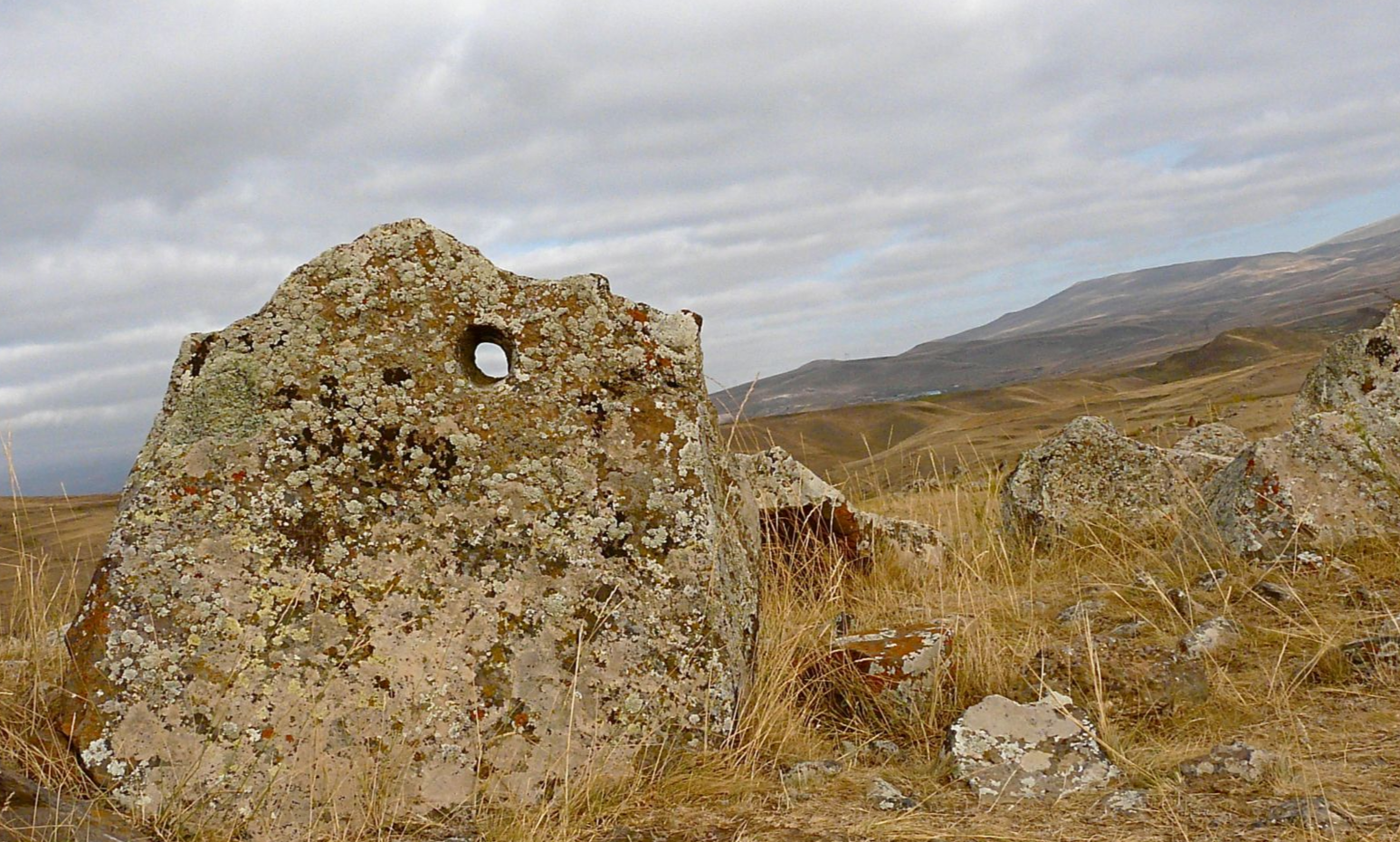 Rita Willaert from 9890 Gavere, Belgium, Wikimedia Commons
Rita Willaert from 9890 Gavere, Belgium, Wikimedia Commons
Evidence Of Lunar And Solar Worship
Sun discs with rays and crescent moons appear across multiple panels, sometimes accompanied by figures offering gestures of reverence. These repeated images point to solar and lunar worship. Ancient tribes may have believed celestial bodies were deities guiding everything from agriculture to fertility.
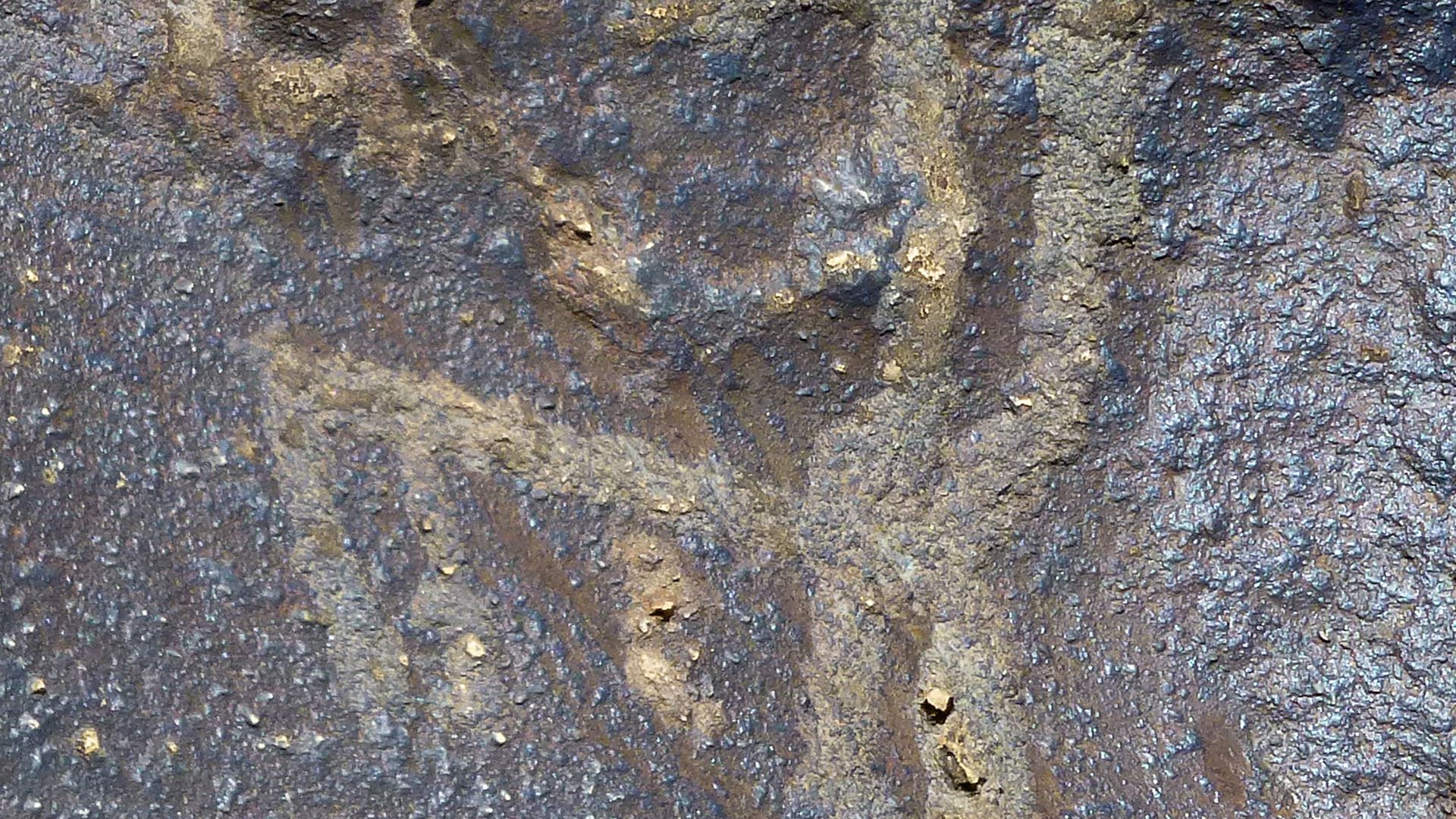 Ji-Elle, Wikimedia CommonsRock Placement And Terrain Orientation
Ji-Elle, Wikimedia CommonsRock Placement And Terrain Orientation
Several stones at Armenian petroglyph sites appear deliberately positioned to frame the sunrise during solstices and equinoxes. These alignments suggest that ancient observers may have used the landscape to mark seasonal transitions. While some patterns evoke celestial themes, direct alignment with specific constellations remains speculative.
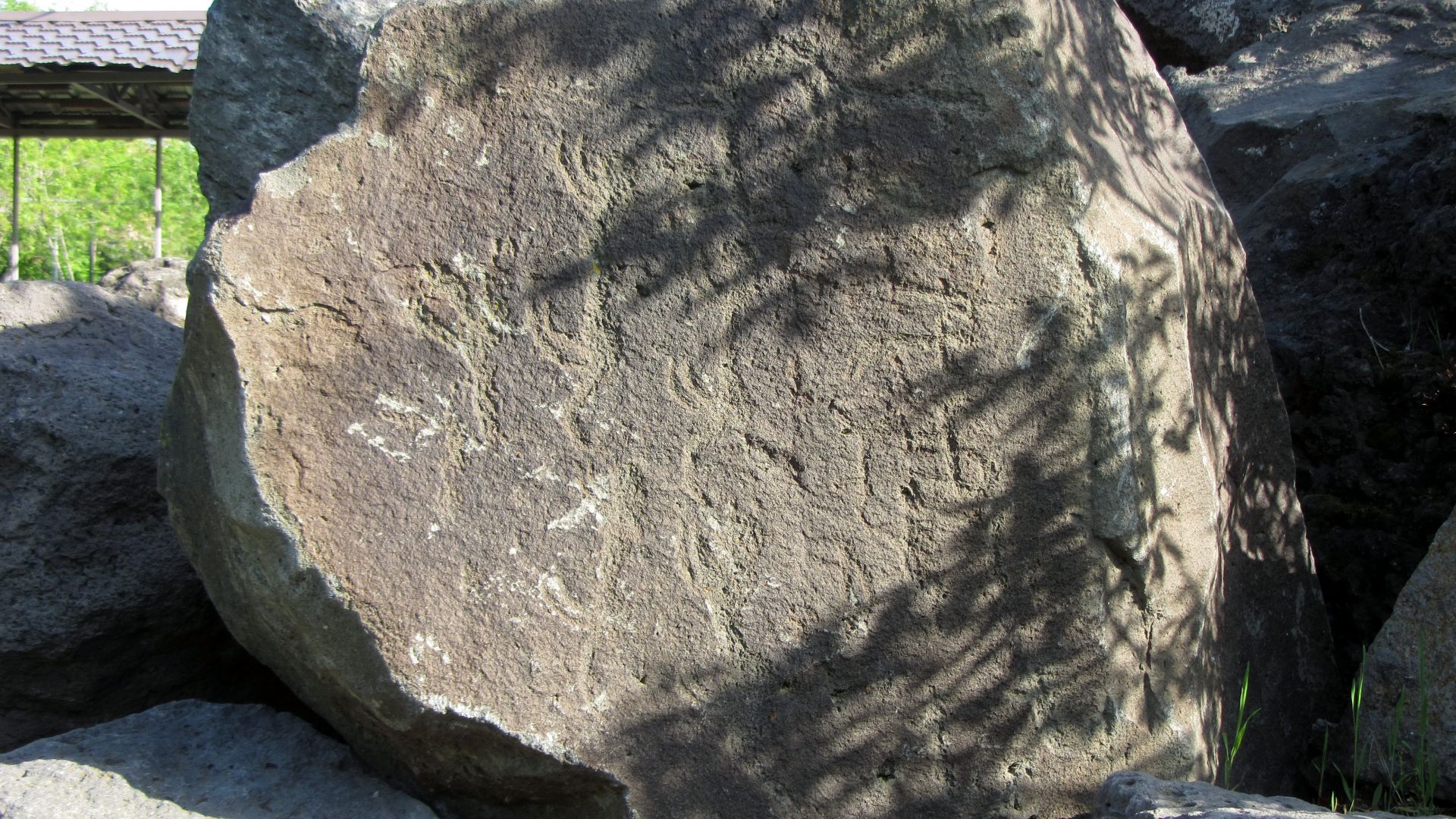 Armen Manukov, Wikimedia Commons
Armen Manukov, Wikimedia Commons
How The Art Reflects Seasonal Changes
Repeated patterns may correspond with solstices, equinoxes, or harvest times. Sun rays grow longer in some panels, maybe to mark seasonal shifts. Such visual cues could have helped tribes anticipate planting or migration cycles. The rock became their calendar, and nature left no room for error.
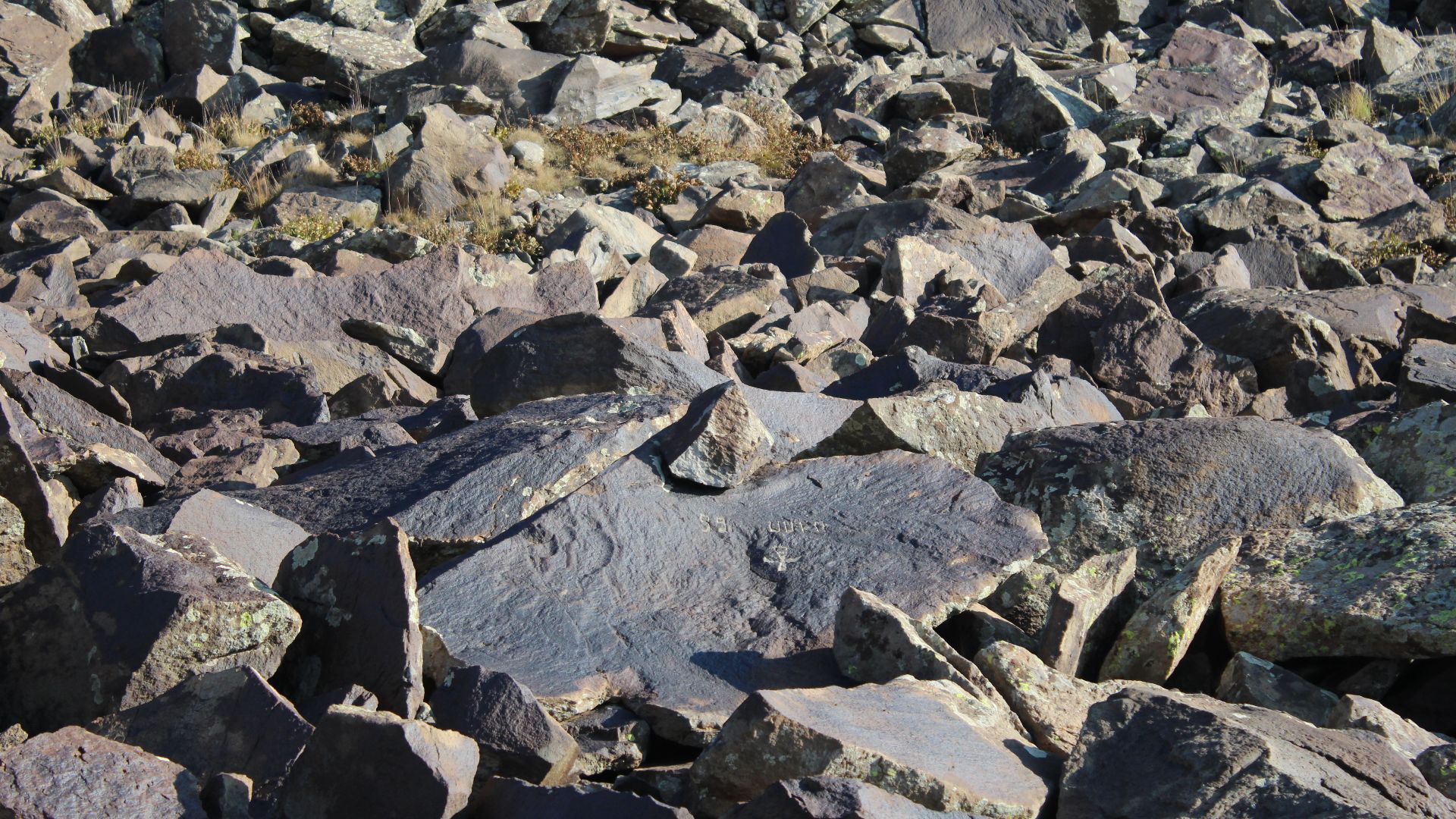 Gardmanahay, Wikimedia Commons
Gardmanahay, Wikimedia Commons
Possible Connection To Early Calendars
Some petroglyphs feature radial and circular patterns that may reflect early attempts at tracking solar or lunar cycles. Interpretations vary, but these designs could have helped ancient communities observe seasonal changes and organize agricultural or ritual activities. Long before written calendars, the rhythms of nature guided their sense of time.
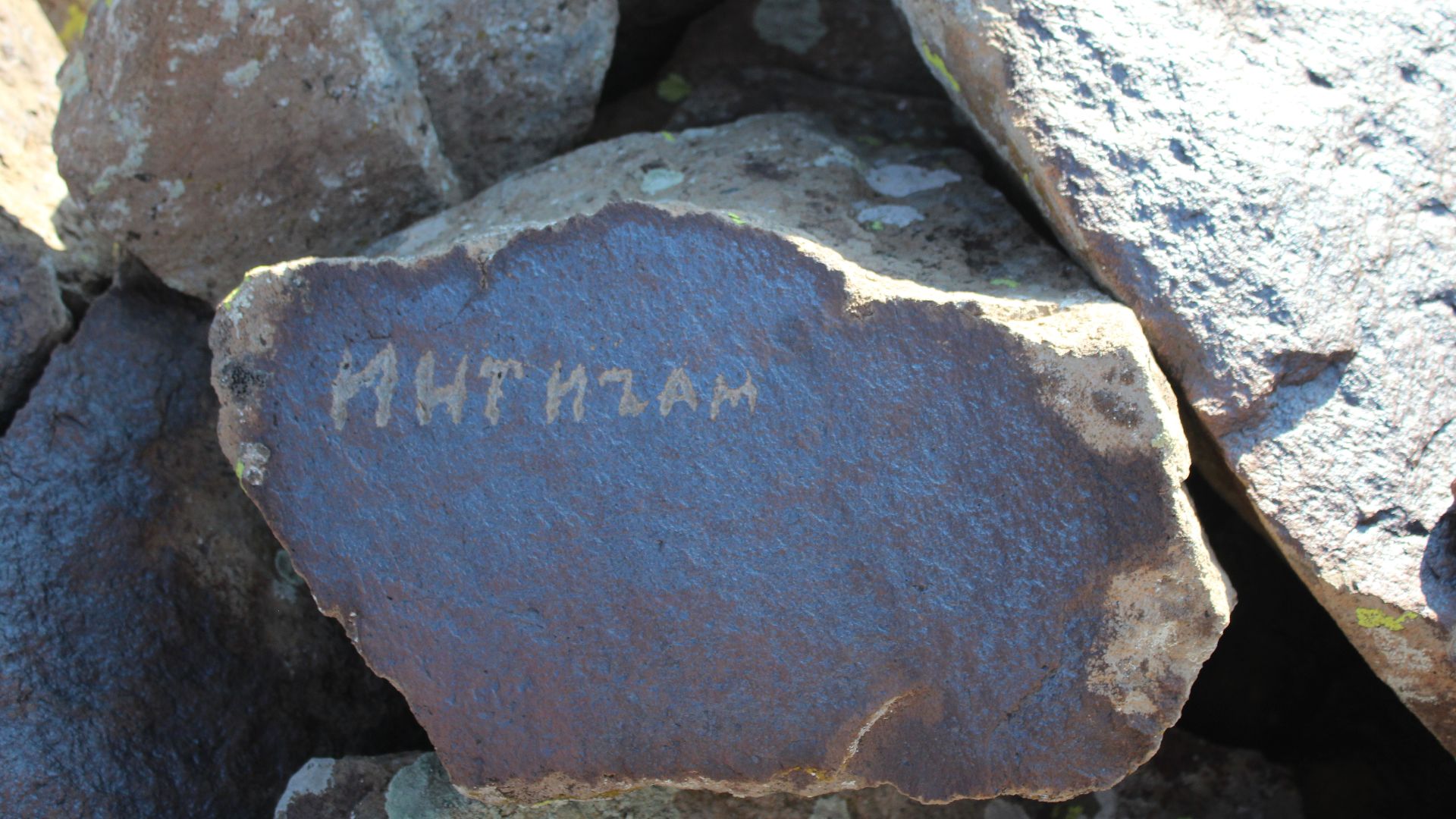 Gardmanahay, Wikimedia Commons
Gardmanahay, Wikimedia Commons
Comparisons With Other Ancient Astral Sites
Several researchers draw parallels between this Armenian site and megalithic observatories, like Stonehenge or Göbekli Tepe. The shared themes, such as solar tracking and ritual alignment, describe a broader human urge to connect with the sky. These echoes strengthen the theory that Armenia’s art is more than regional folklore.
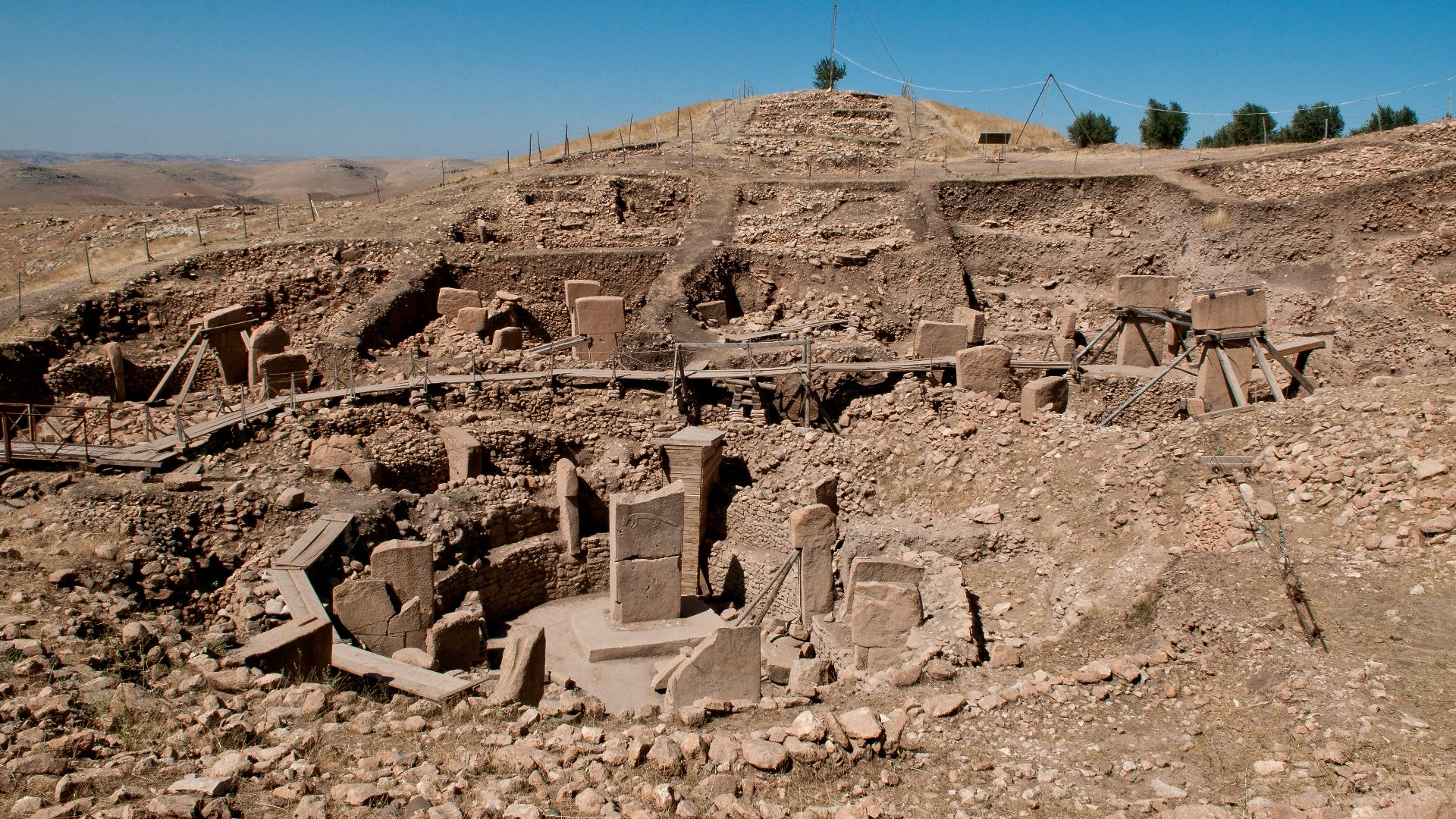 Teomancimit, Wikimedia Commons
Teomancimit, Wikimedia Commons
The Role Of Stars In Ancient Armenian Culture
Ancient Armenian myths reference sky gods and battles that are said to have played out in the stars. While oral traditions came much later, these themes echo the visual language carved in stone. To these early tribes, the stars were active players in daily survival.
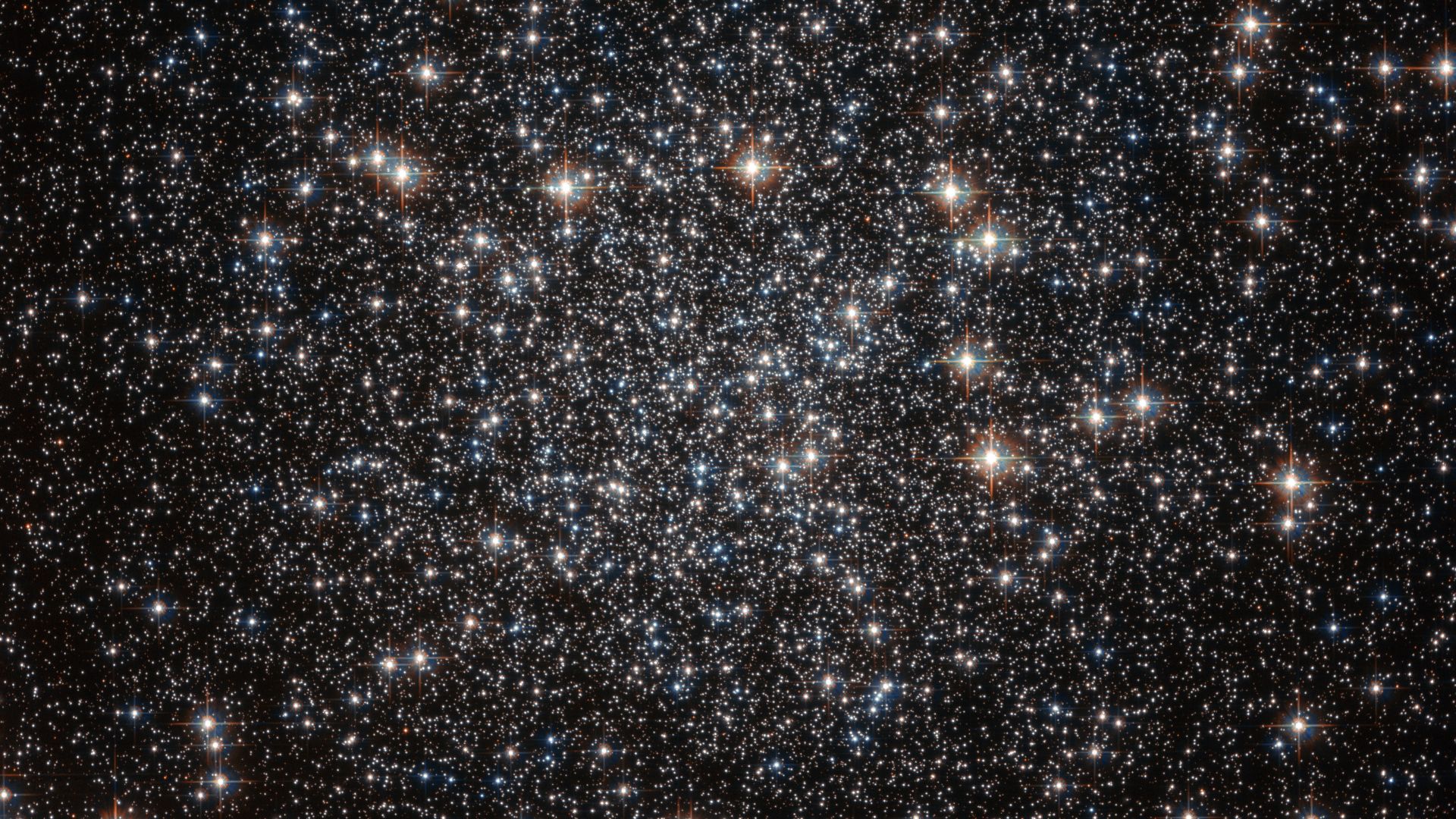 ESA/Hubble and NASA, Wikimedia Commons
ESA/Hubble and NASA, Wikimedia Commons
Implications For Understanding Early Human Cosmology
These carvings demonstrate that prehistoric humans were actively attempting to understand their surroundings. To them, the sky was full of mysteries and meaning. Understanding this adds another piece to the puzzle of how ancient people made sense of the vast unknown above them.
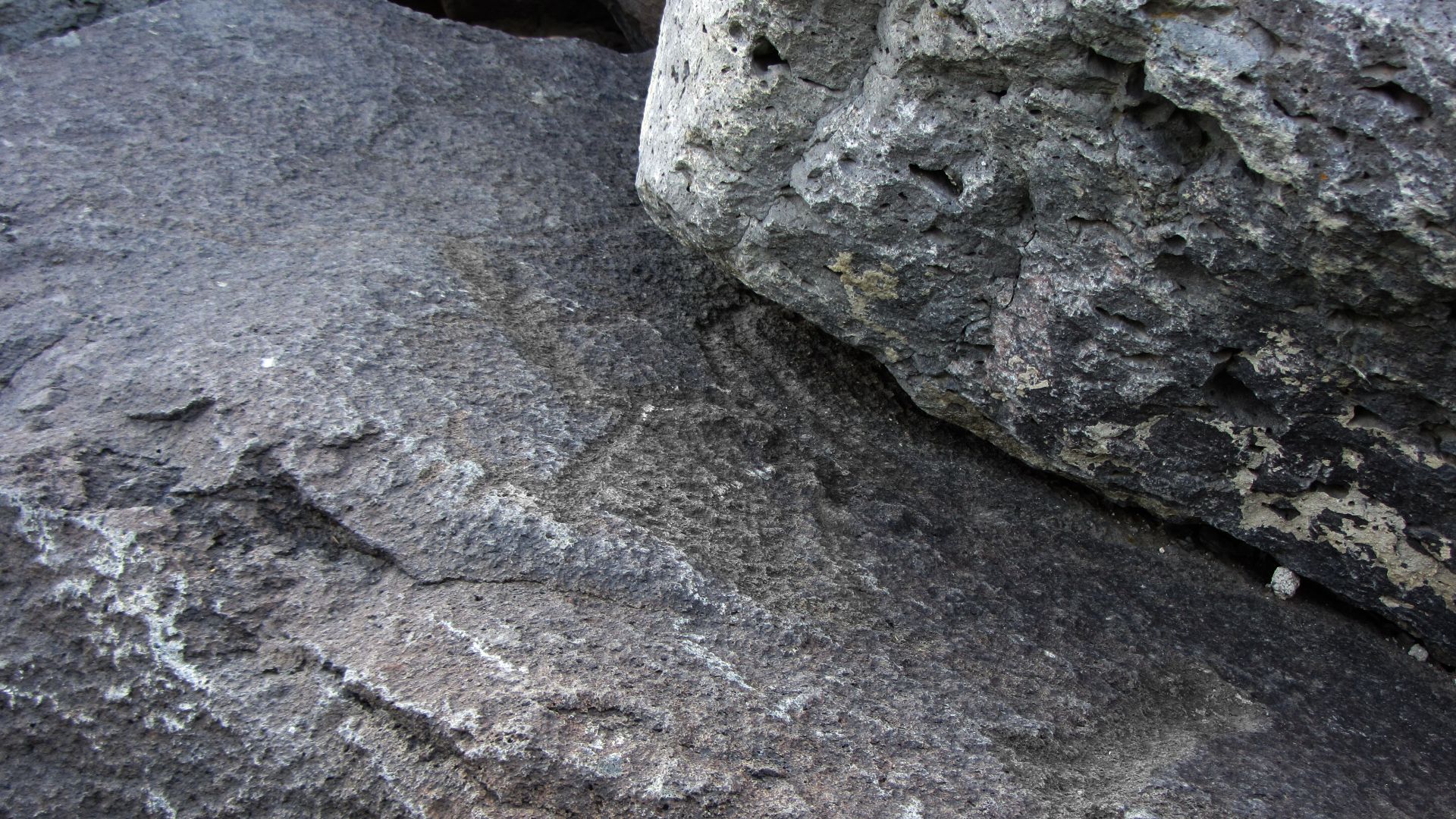 Armen Manukov, Wikimedia Commons
Armen Manukov, Wikimedia Commons
Symbolism In The Rock Art Patterns
Patterns, including wavy lines and intersecting circles, recur throughout the panels. Researchers believe that these motifs symbolized the cyclical nature of time, much like the lunar phases or solar paths. The art’s structured repetition and pattern seem to echo a sacred worldview.
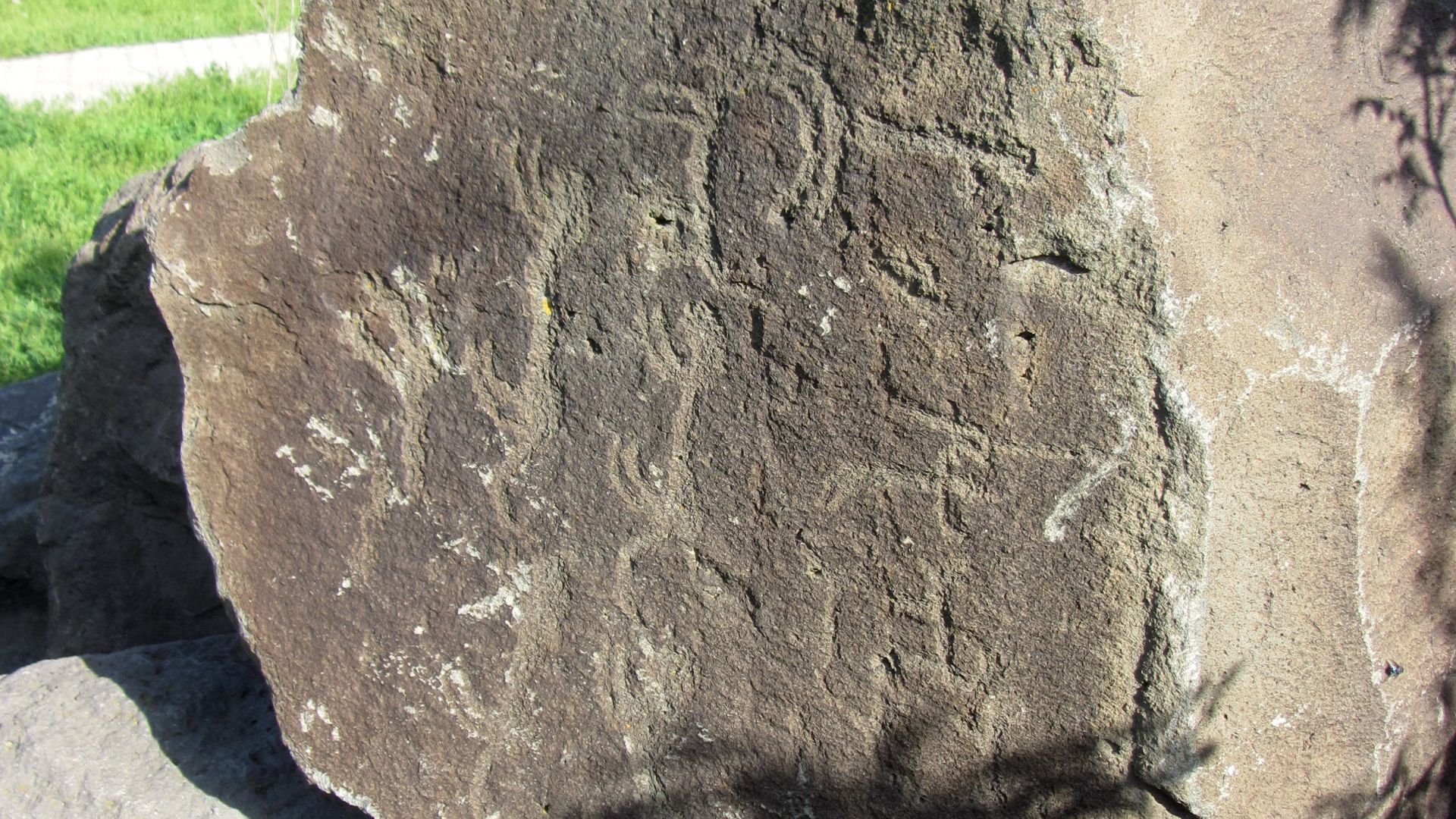 Armen Manukov, Wikimedia Commons
Armen Manukov, Wikimedia Commons
Decoding The Ritualistic Symbols
Certain panels depict human-like figures with raised arms, surrounded by celestial symbols. This posture may indicate prayer or invocation. Some scenes even resemble group rituals, with concentric rings suggesting dance or communal rites. Together, these symbols hint at spiritual ceremonies tied to cosmic events or seasons.
Possible Links To Prehistoric Tribes
Traces of settlement nearby point to early tribal communities who likely created the art. These tribes used the rock faces as ceremonial sites to mark events or offer tributes to sky deities. Pottery shards and stone tools found nearby align with regional Bronze Age cultures.
How Climate Helped Preserve The Art
Armenia’s dry, rocky terrain played an unexpected role in preserving these carvings. Minimal rainfall, stable temperatures, and high-altitude winds slowed erosion, while lichen and vegetation rarely took hold. As a result, the etchings remain remarkably clear from a world that would’ve vanished in harsher climates.
Animal Motifs And Their Spiritual Significance
Several panels feature birds and horned creatures etched alongside sun and star symbols. It is believed that the animals held spiritual weight. Perhaps they were cosmic messengers or sacrificial symbols. Their placement suggests a link between the animal world and celestial powers.
What The Carvings Were Meant To Preserve
Researchers believe the rock art was more than a ritual calendar. The carvings may have been a means of recording wisdom, including messages about survival or the spirit world. Carved into stone, they may have passed knowledge across generations long before written language took root.
What The Art Suggests About Tribal Hierarchies
The rocks reveal the social structures of the community. Certain figures are carved larger or more prominently than others, often surrounded by symbols of power or celestial imagery. This could be leaders, shamans, or clan heads who held elevated roles in spiritual matters.
Burial Sites Found Near The Art Panels
Not far from the engravings, archaeologists uncovered burial mounds and scattered remains. This proximity suggests that these locations may have held ritual or ceremonial significance. Additionally, the closeness of art and burial hints at a worldview where life, death, and the cosmos were deeply intertwined.
Tools And Techniques Used To Create The Engravings
Close analysis shows the carvings were made with sharp stone or metal chisels, possibly bronze. Artists probably struck or scraped repeatedly to carve into the hard rock. Additionally, the uniform depth and precision suggest remarkable skill and planning.
 Gardmanahay, Wikimedia Commons
Gardmanahay, Wikimedia Commons
Personal Marks Left By Ancient Artists
Experts also observed that the drawings weren’t mass-produced messages. Some carvings show variations in style or emphasis, hinting that different individuals may have added their own marks over time. Each symbol could reflect an artist’s vision or belief, making the rock face a collective spiritual canvas.
Insights From Local Oral Histories
Villagers near the site still tell stories of “sky stones” and ancestral sky-watchers. While modern versions have evolved, echoes of the carvings linger in these tales. Oral history can’t confirm archaeology, but when myths match motifs, it’s hard not to lean in a little closer.
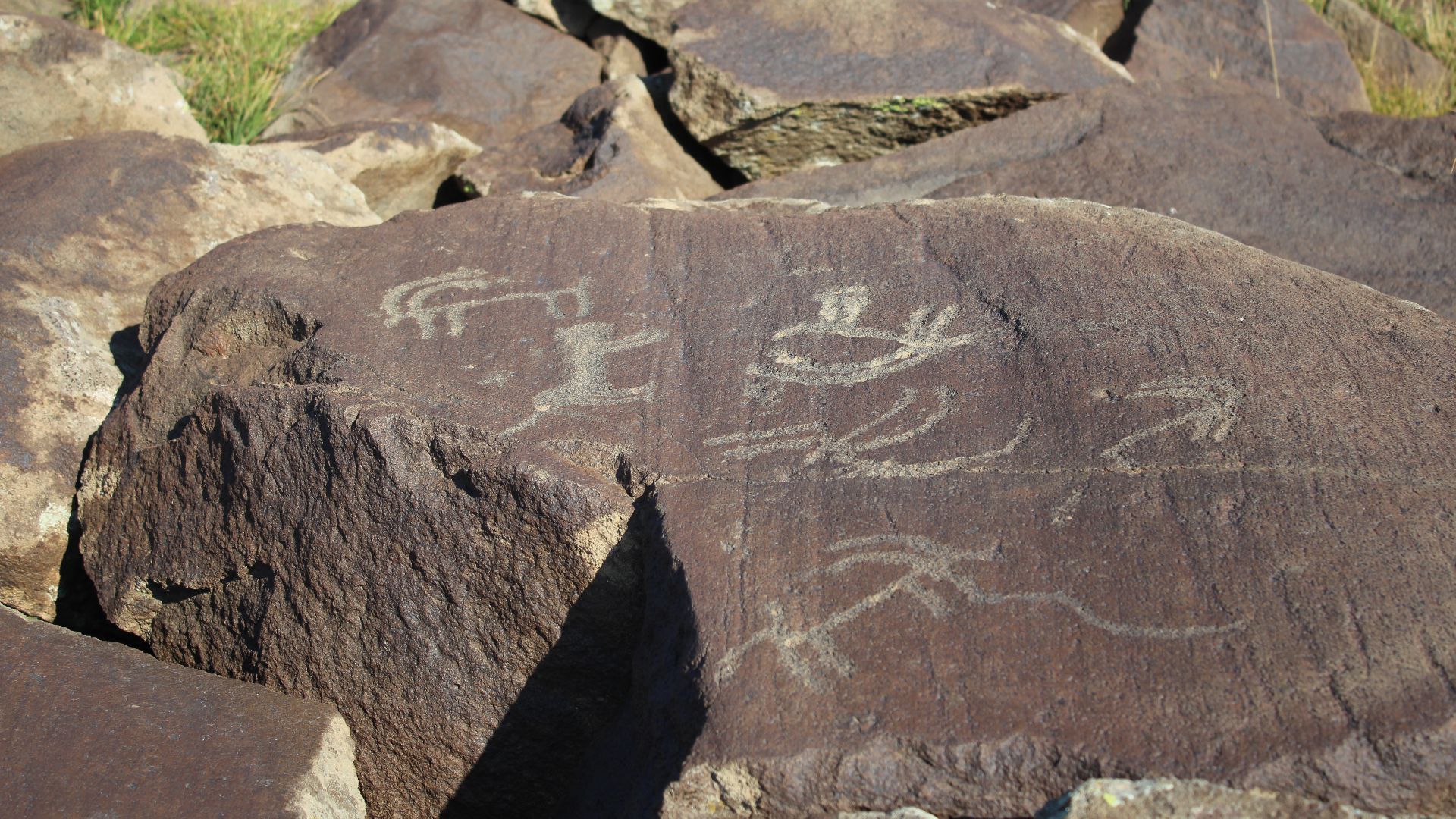 Gardmanahay, Wikimedia Commons
Gardmanahay, Wikimedia Commons
Preservation Efforts For The Rock Panels
As interest grows, archaeologists are now collaborating with local officials to protect the site from erosion and vandalism. Protective barriers, digital mapping, and 3D scans are being developed. The goal is to keep future generations aware of the same ancient stories.
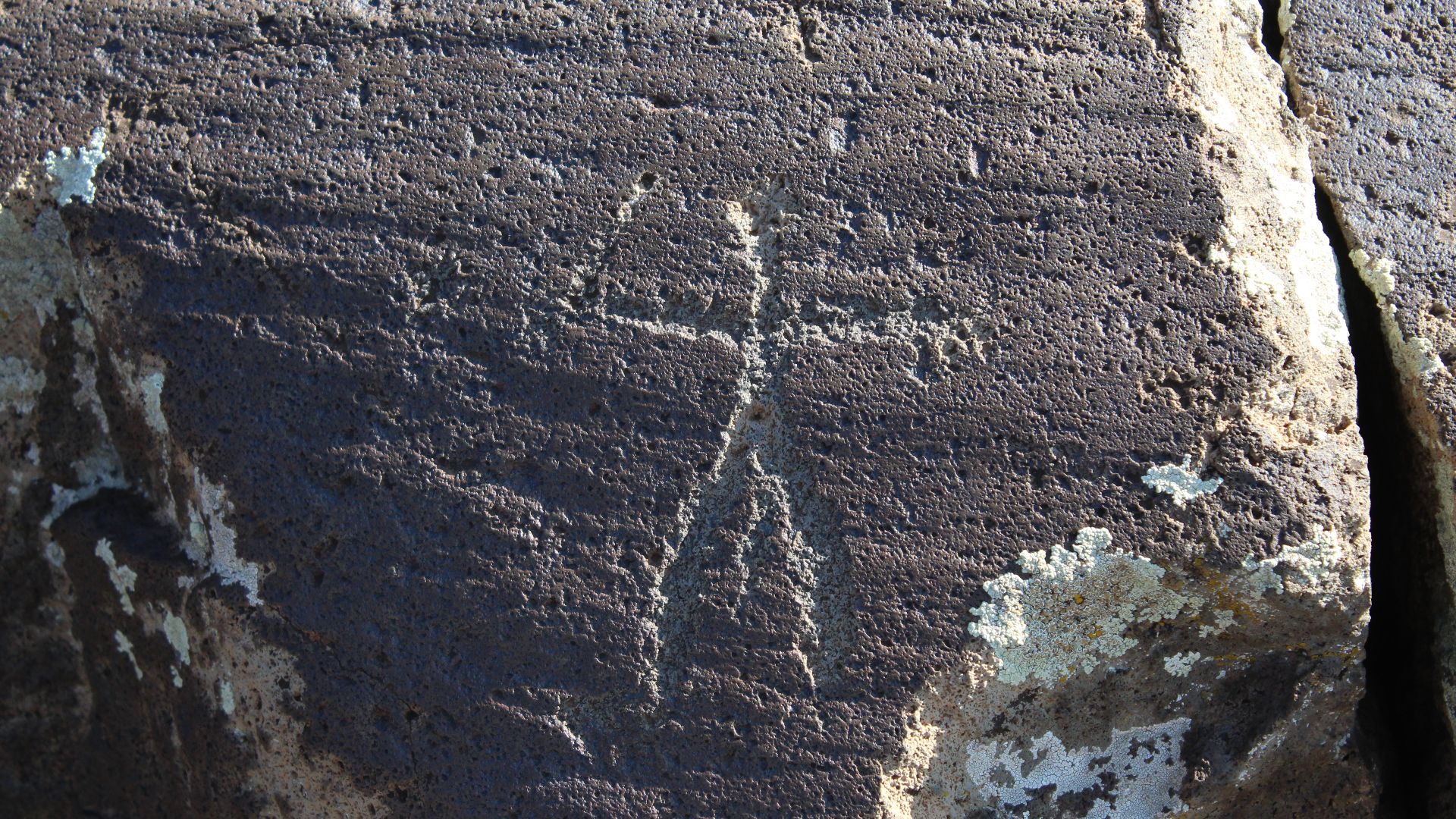 Gardmanahay, Wikimedia Commons
Gardmanahay, Wikimedia Commons

